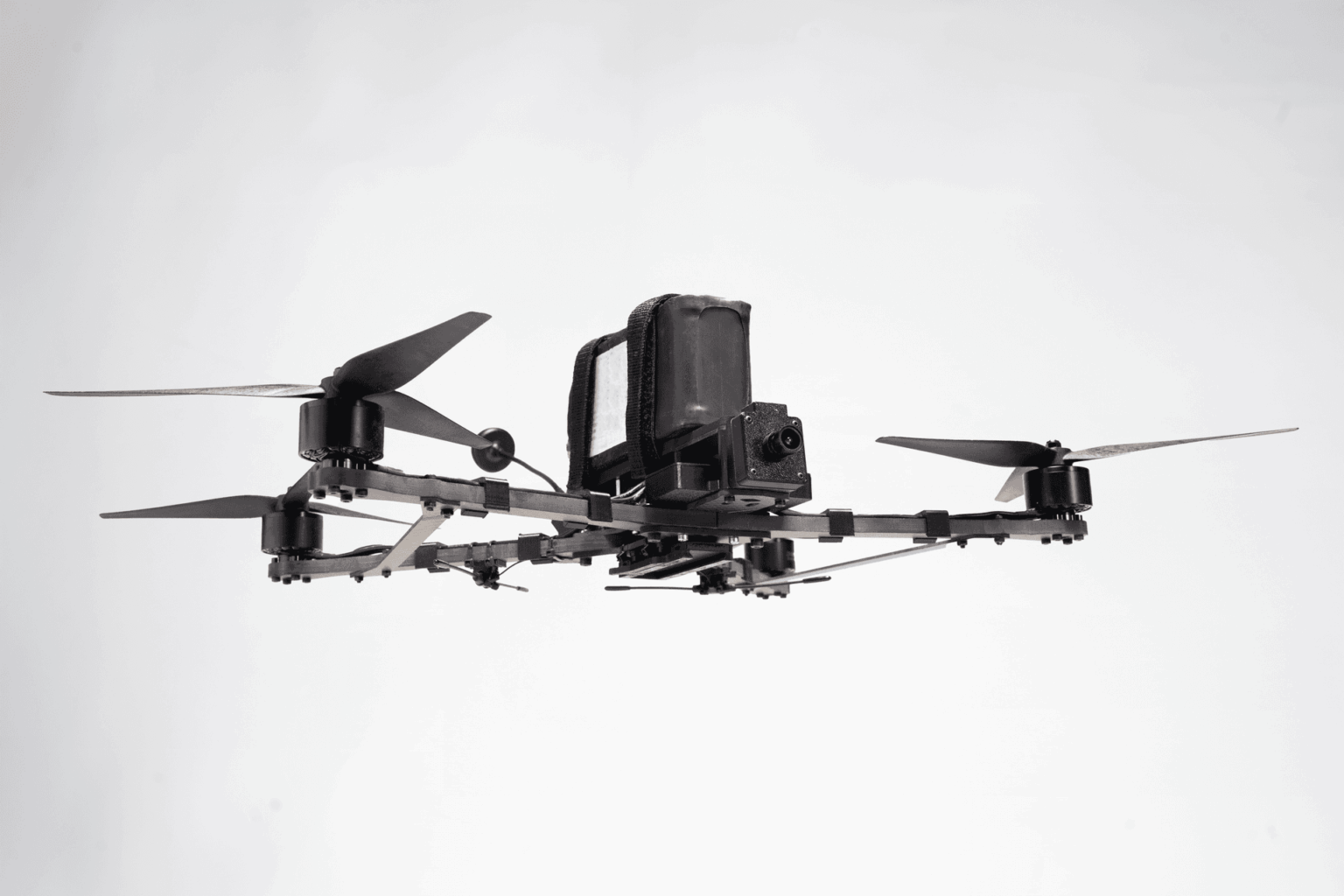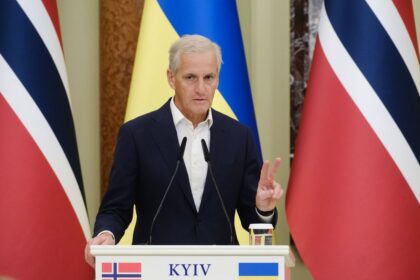**Ukraine’s AI Drone Advancements Give It an Edge in Russian Electronic Warfare**
As the war in Ukraine continues, the country’s military has been relying on innovative technologies to gain a strategic advantage. One such advancement is in autonomous drone development, where Ukrainian startups are leading the way. Yaroslav Azhnyuk, founder and CEO of Fourth Law, a cutting-edge AI drone company, believes that his team has achieved a significant breakthrough in this area.
“We’re definitely going to see singular demos by the end of this year,” Azhnyuk said in an interview with the Kyiv Independent. The software used in these drones is surprisingly adaptable, making it easily transferable from first-person-view (FPV) drones to fixed-wing aircraft and even missiles. This versatility has major implications for Ukraine’s military strategy.
The current situation on the battlefield poses a significant challenge for Ukrainian forces: Russian electronic warfare capabilities have been disrupting their communications and operations. However, with autonomous drones that can operate independently, Ukraine may finally have a way to offset this disadvantage. Azhnyuk claims that his team is well ahead of the Russians in this regard.
“I probably don’t know everything, but from what we’ve seen, (the Russians) are at where we were like a year ago,” he said. This assertion is supported by recent demonstrations of AI-powered drones, such as those showcased by Brave1, a Ukrainian defense cluster that has developed over 200 AI-based technologies for the battlefield.
The key to these advancements lies in advanced AI modules, such as the ones used in Fourth Law’s TFL-1 artificial intelligence system. These neural nets enable the drones to identify specific targets and track their movements with precision. Azhnyuk highlighted a particularly impressive feature: “We can actually identify a particular vehicle and track its boundaries and actually fly in the middle of that vehicle.”
This capability is not only effective but also represents a significant step towards creating fully autonomous drones that can run missions without human intervention. The modules themselves are relatively inexpensive, adding around $70 to the cost of an FPV drone.
The widespread adoption of these AI-powered drones has already begun, with thousands in use on the front lines, including with the 58th Separate Motorized Infantry Brigade. As Ukraine continues to push the boundaries of military technology, it is clear that autonomous drones will play a pivotal role in their efforts to counter Russian electronic warfare capabilities.
**What does this mean for Ukraine and the global defense industry?**
The implications of these advancements are far-reaching. By developing autonomous drones that can operate independently, Ukraine has gained a significant edge on the battlefield. This shift towards more advanced technologies may also signal a broader trend in military innovation, where unmanned systems play an increasingly important role.
Azhnyuk’s comments on the transferability of their software to different platforms – including missiles – suggest that this technology has the potential to become even more widespread and influential in the defense industry. As Ukraine continues to push the boundaries of what is possible with AI-powered drones, it will be interesting to see how other nations respond and adapt.
**Who are the key players driving these advancements?**
Yaroslav Azhnyuk’s Fourth Law is at the forefront of this development, but they are not alone. Brave1, a Ukrainian defense cluster, has also been showcasing impressive AI-powered technologies on the battlefield. Azhnyuk himself has an extensive background in entrepreneurship and innovation, having founded Petcube, a Y Combinator-backed company that built cameras for remote pet monitoring.
**What’s next for Ukraine’s military technology?**
As the war continues, we can expect to see even more innovative technologies emerge from Ukrainian startups and defense clusters. The focus on autonomous drones and AI-powered systems will likely remain a priority, as these tools become increasingly crucial in countering Russian electronic warfare capabilities.
In the coming months, we may see even more singular demos of fully autonomous drone missions. These developments have significant implications for Ukraine’s military strategy and could potentially set a new standard for military technology globally.
Read More @ kyivindependent.com












